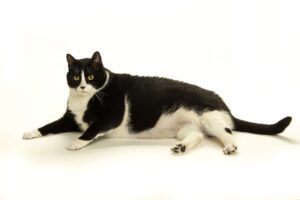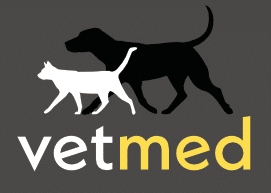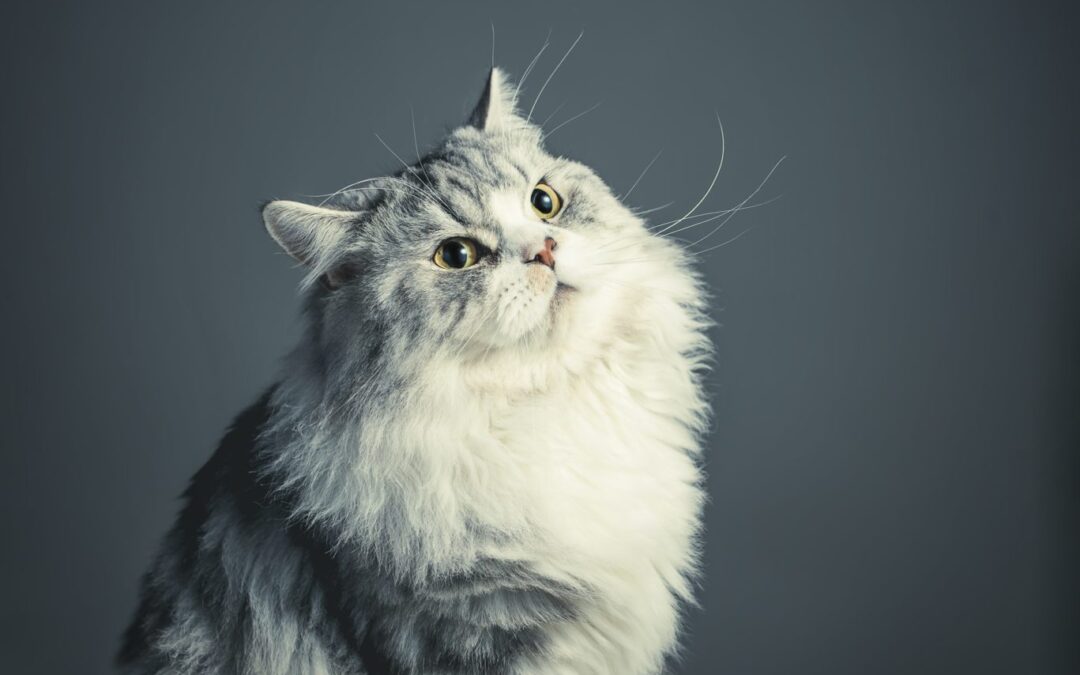Everyone wants their pets to be happy and healthy but finding the right balance isn’t always easy. You might think that giving your pet a generous portion at meal time is looking after them but what this often leads to is overeating. Many animals aren’t good at regulating their food intake and will simply eat whatever is put in front of them.
Similarly, giving your pet time to rest and relax is important but so is regular exercise. Older and inactive pets are particularly susceptible to developing obesity because they don’t exercise enough and slow down due to injury and soreness.
Fortunately, if you’re worried about your pet’s weight, there are some steps you can take. Today we’re going to learn more about pet obesity and provide some helpful tips for keeping them healthy.

Pet Obesity in Australia
A survey conducted by the RSPCA in the year 2000 confirms that Australia has a high number of obese dogs and cats. Research has also revealed that the bond your share with your pet influences the number of calories they consume a day. It’s important to find ways to show affection towards your pet without relying on food-related rewards.
Illnesses Related to Obesity Include:
- Osteoarthritis
- Hepatic lipidosis
- Diabetes mellitus
- Cancer
- Respiratory problems
- High blood pressure
Tips to Help Pets Lose Weight
-
Modify Their Diet
95% of all obese pets will require changes to their diet. The number of calories you need to feed your pet depends on their age, metabolism, activity levels and current weight. If your pet is suffering from a medical condition, their dietary needs will be quite specific. Instead of just following the feeding guidelines on food packaging, talk to your vet about organising a diet plan. Low carb, high protein foods are a generally a better choice, while the supplement L-carnitine may be useful for dogs.
-
Reduce Their Intake of Treats
Limit the number of treats you offer your pet each day and consider swapping store bought treats for low-calorie, nutrient-rich foods like salmon, beef and sweet potato. Break the treat down into very small portions so your pet won’t eat it all at once.
Also, avoid offering your own snacks to your dog or cat. Potato chips and other sugary treats should be swapped for pieces of carrot, broccoli or other vegetables.
-
Give Them Some Exercise
It’s important to involve your pet in some form of physical activity every day. It could be playing games at the park or simply walking for half an hour. It’s easier to walk dogs than it is to walk cats but with a little training, you could teach your cat to go out on a walk with you. Make sure you use a specially designed cat walking jacket or leash when training your cat to walk outdoors.
Varying their exercise routine is also important. Consider purchasing agility courses that you can set up in your backyard or sign your pet up for agility training with a professional.
-
Work towards a Weight Loss Goal
The ideal weight for your pet depends on their age and breed.
Male Staffordshire Bull Terriers should weigh between 13-17 kilos while females should weigh between 11-15.5 kilos. Male Golden Retrievers should weigh between 31-36 kilos while females should weigh between 27-31.7 kilos. Male Labradors should weigh around 35 kilos while the females should weigh approximately 30 kilos. Smaller breeds like miniature poodles (both male and female) should weigh between 5.5 and 7 kilos. Pugs should ideally weigh between 6.3 and 8.1 kilos.
Small to medium cats should weigh between 4 and 6 kilos while larger breeds should weigh between 6 and 11 kilos. For more specific information, refer to the weight comparison chart from the Australian Veterinary Society.
VetMed Animal Care
If you’re looking for more advice on pet obesity and weight loss, contact the experienced doctors at VetMed. Visit us online to explore our pet health services or call the nearest office to make an appointment.

